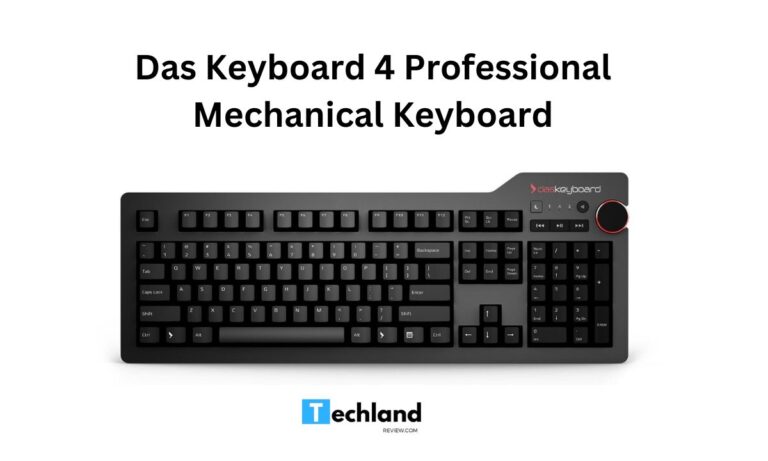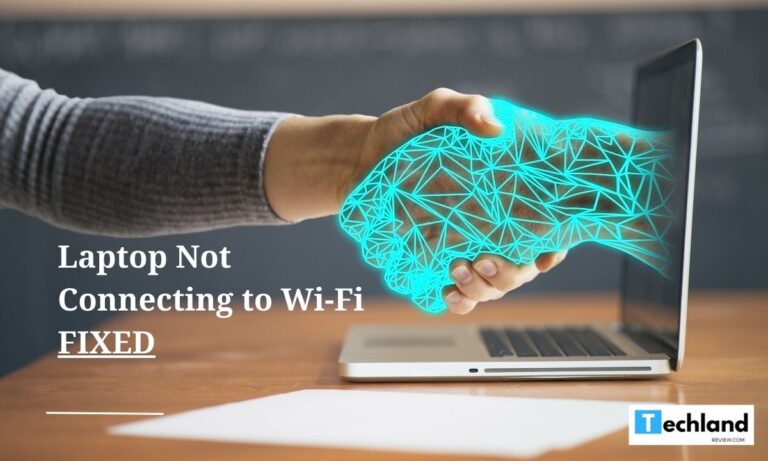10 Ways to Fix Bluetooth Keyboard Not Connecting
For most of us, our lives are intrinsically linked to technology. A simple issue such as a Bluetooth keyboard not connecting can severely hamper our productivity or leisure time. In…
For most of us, our lives are intrinsically linked to technology. A simple issue such as a Bluetooth keyboard not connecting can severely hamper our productivity or leisure time. In this comprehensive guide, we will explore 10 ways to fix your Bluetooth keyboard not connecting issue and get you back to work, gaming, or just comfortable typing.
10 Ways to Fix Bluetooth Keyboard Not Connecting
1. Verify the Keyboard’s Compatibility
The first thing to check when your Bluetooth keyboard fails to connect is whether it’s compatible with your device. Not all Bluetooth keyboards are universal. Some are designed exclusively for certain devices or operating systems.
- Manufacturer’s Website: Consult the manufacturer’s website for the keyboard’s technical specifications. It should list compatible devices and operating systems.
- Device Specifications: Check your device’s Bluetooth version. An older device may not support the latest Bluetooth technology used by your keyboard.
2. Check Bluetooth Settings
A misconfiguration in your Bluetooth settings might be causing the connection issue.
- Bluetooth is Enabled: Verify that Bluetooth is turned on your device. The process varies depending on the operating system, but generally, you can find Bluetooth settings under ‘Settings > Devices’.
- Visibility: Ensure that your device is discoverable. Invisibility to other devices might be preventing your keyboard from connecting.
3. Power Cycle Your Devices
Power cycling means switching off your devices, then turning them back on after a short pause. This simple act can often solve a multitude of tech issues.
- Switch off Your Keyboard: Turn off your Bluetooth keyboard, wait for a minute, and then turn it back on. This can reset any temporary glitches.
- Restart Your Device: Try restarting your device as well. Upon restart, your device will reinitialize all the drivers, including Bluetooth, possibly solving the issue.
4. Re-pair the Keyboard
Re-pairing involves removing your Bluetooth keyboard from your device’s list of connected devices and pairing it anew.
- Unpairing: Navigate to your device’s Bluetooth settings, find your keyboard on the list of paired devices, and select the option to unpair or remove.
- Re-pairing: Turn on your Bluetooth keyboard’s pairing mode and connect it from your device again.
5. Update Bluetooth Drivers
Outdated or corrupt drivers could be a reason for your Bluetooth keyboard not connecting.
- Update via Device Manager (Windows): In Windows, open Device Manager, find the Bluetooth driver, right-click, and select ‘Update Driver’.
- Update via System Preferences (Mac): For Macs, updates to drivers come through system updates. Navigate to ‘System Preferences > Software Update’ and install any available updates.
6. Check the Keyboard’s Battery Level
Low battery levels in a Bluetooth keyboard can result in a weak signal, or the keyboard may not connect at all.
- Battery Status: Check your keyboard’s battery status if possible. Replace or recharge the batteries if necessary.
- Keyboard LEDs: Many keyboards have LEDs indicating battery levels. A blinking LED often suggests low power.
7. Consider Interference
Other electronic devices or physical objects can interfere with Bluetooth signals.
- Physical Obstacles: Keep the path between your device and the keyboard clear. Walls, furniture, or other objects can obstruct Bluetooth signals.
- Other Devices: Devices such as microwaves, cordless phones, or other Bluetooth devices can cause interference. Try switching off such devices temporarily.
8. Reset the Keyboard
If none of the above solutions work, consider resetting the keyboard. This option varies per manufacturer, but it typically involves pressing a combination of keys. Consult your keyboard’s user manual or manufacturer’s website for instructions.
9. Try a Different Device
To isolate the problem, you can try connecting the keyboard to a different device.
- Different Device, Same OS: Try connecting your keyboard to a different device with the same operating system. If it connects, the issue might be specific to your original device.
- Different Device, Different OS: Try a device with a different operating system. If your keyboard connects, the problem may lie with your original device’s OS or Bluetooth software.
10. Consult Professional Support
If all else fails, consider reaching out to professional tech support.
- Manufacturer’s Support: Contact the keyboard’s manufacturer for technical support. They might offer troubleshooting steps specifically tailored for your keyboard.
- Device Support: Reach out to the support of your device. They could provide insights into known issues or advanced troubleshooting.
In conclusion, resolving a Bluetooth keyboard connectivity issue often involves a series of trial and error. However, by systematically applying the ten steps listed above, you should be able to identify the issue and potentially solve it. If the problem persists, don’t hesitate to seek professional help to ensure your keyboard is functional and your productivity isn’t hampered.
Conclusion
Having your Bluetooth keyboard fail to connect can be a frustrating experience, especially when you’re reliant on it for work or leisure. The ten steps discussed in this article can guide you through the troubleshooting process to diagnose and potentially solve the issue. However, remember that if the problem persists despite your best efforts, reaching out to professional technical support can be a valuable step. Whether the problem lies with the keyboard’s compatibility, the Bluetooth settings, outdated drivers, battery issues, interference, or something else, there’s always a way to navigate the issue and ensure your Bluetooth keyboard is back up and running.
Frequently Asked Questions (FAQs)
My Bluetooth keyboard is not connecting. What could be the problem?
There could be several reasons why your Bluetooth keyboard is not connecting. These might include issues related to compatibility, misconfigured Bluetooth settings, low battery level, outdated Bluetooth drivers, physical interference, or a temporary glitch that a restart could fix.
I’ve updated my Bluetooth drivers, but my keyboard still won’t connect. What should I do?
If you’ve already updated your drivers, consider other potential issues. Try power cycling your devices, re-pairing the keyboard, checking the keyboard’s battery level, and considering potential physical or electronic interference. If the problem persists, you might need to reset the keyboard or seek professional support.
Can other electronic devices interfere with my Bluetooth keyboard connection?
Yes, other electronic devices can cause interference with your Bluetooth keyboard connection. Devices such as microwaves, cordless phones, or other Bluetooth devices can interrupt the signal. Try to minimize the presence of such devices between your Bluetooth keyboard and your device.
My keyboard is paired but not responding. What could be the issue?
If your keyboard is paired but not responding, the problem could be low battery levels, an outdated Bluetooth driver, or the keyboard might need resetting. It’s also possible that there’s a problem with the keyboard itself, such as a hardware failure.
My Bluetooth keyboard keeps disconnecting. What can I do to fix it?
Frequent disconnections could be due to low battery power, interference from other devices, or signal obstruction due to physical barriers. Try charging or replacing the keyboard’s batteries, minimizing potential interference, and ensuring a clear path between your device and the keyboard. If the issue persists, consider updating your Bluetooth drivers or reaching out to professional support.
Related Articles:



